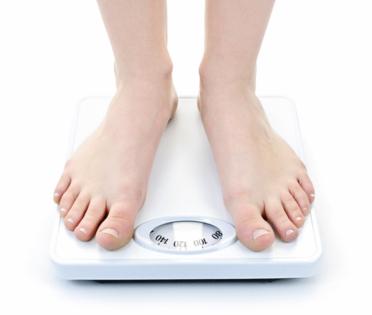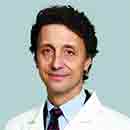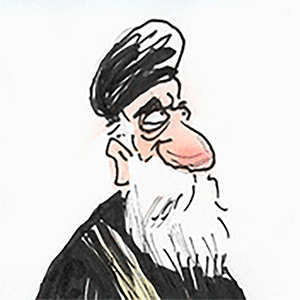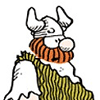On Nutrition: You can be too thin
Published in Nutrition
On our recent horse camping trip, we watched a couple unload their two horses near our site. When these beautiful animals stepped out of the trailer, we were shocked to see their prominent ribs and protruding hip bones.
I hesitated to jump to conclusions, especially as we later observed the good care and plentiful feed given these animals. Later this couple shared that they, too, were extremely concerned for their horses’ poor condition since leaving them for a time with a third party.
Horses, like humans, can be too thin. And the causes of malnutrition can be many. Medical conditions and treatments can make eating difficult. Stress or injury (including surgery) can cause the body to accelerate the rate at which it normally burns calories. Along with that, trauma or disease can lead to a deficiency of protein as the body uses this valuable nutrient for healing.
Being too thin is unfortunately viewed by some as a sign of beauty or control over one’s body. While some people are naturally thin no matter what they eat, others intentionally restrict themselves of life-giving nutrients simply to “be thin."
What is too thin? Horses are judged according to body condition, according to Iowa State University, on a scale of 1 to 9.
People are measured differently. The simplest (and less accurate) is the body mass index (BMI). This number uses your height and weight to estimate your level of total body fat (https://www.nhlbi.nih.gov/calculate-your-bmi). If this calculation is less than 18.5, you are considered underweight.
More precise measurements are also available to determine body composition — what percentage of a person’s total weight is fat versus muscle versus bone.
The simplest of these tests is the “pinch” test or the use of calipers to measure the thickness of the fat layer under your skin. While some of us have more than our share, those who are too thin lack the insulation and protection of an adequate layer of fat.
Other methods such as bioelectric impedance, body pods and DEXA scans can more precisely determine an individual’s percentage of fat, muscle and bone mass.
Most health assessments rely heavily on the percentage of one’s body fat. While this varies based on age, activity and sex, a general healthy range is around 25% for women and 18% for men.
So again, what is “too thin”? In general, a woman whose body fat drops below 10% to 13% (what is considered essential for health) is “too thin.” Men naturally carry more muscle and less fat than women but are considered dangerously thin at a body fat percentage below 6%.
©2025 MediaNews Group, Inc. Distributed by Tribune Content Agency, LLC.










Comments